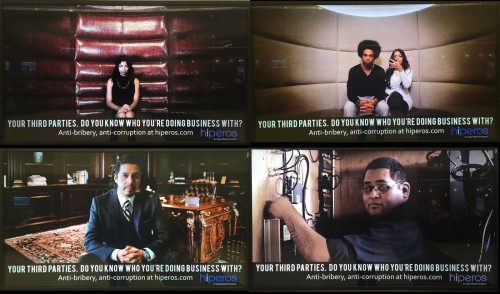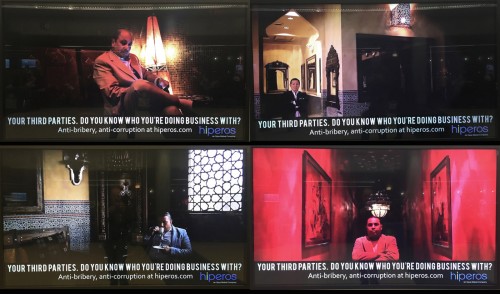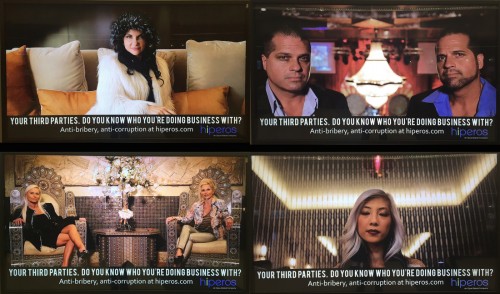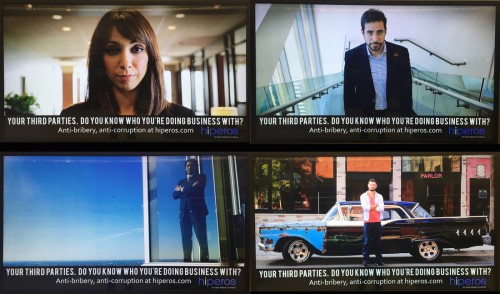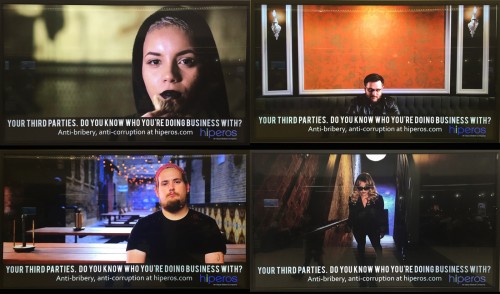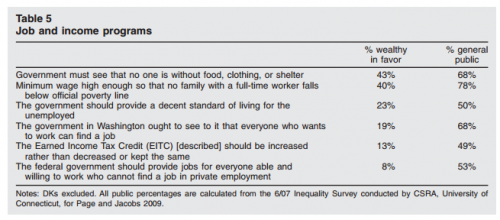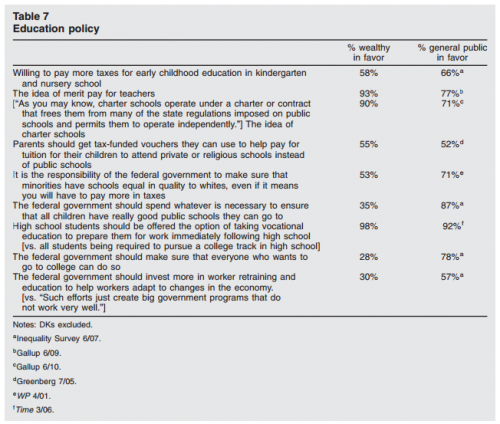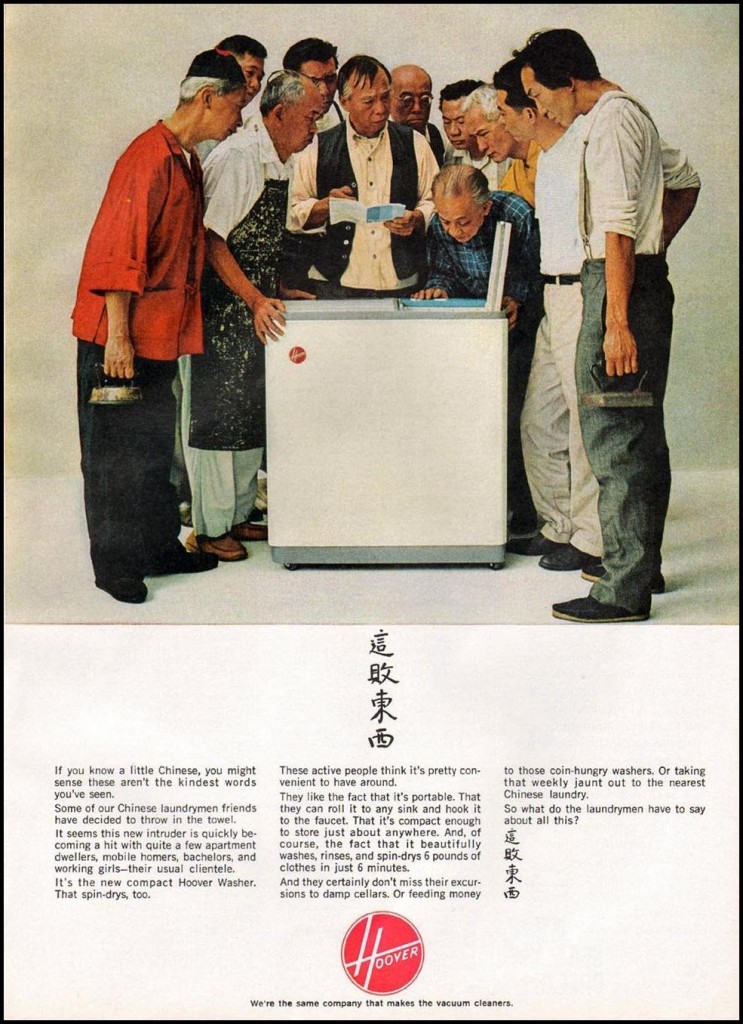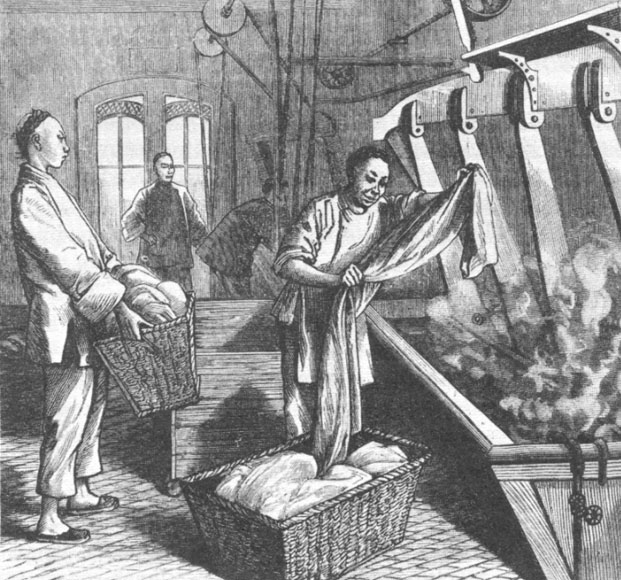This November, a wave of student activism drew attention to the problem of racism at colleges and universities in the US. Sparked by protests at the University of Missouri, nicknamed Mizzou, we saw actions at dozens of colleges. It was a spectacular show of strength and solidarity and activists have won many concessions, including new funding, resignations, and promises to rename buildings.
Activists’ grievances are structural — aimed at how colleges are organized and who is in charge, what colleges teach and who does the teaching, and what values are centered and where they come from — but they are also interpersonal. Student activists of color talked about being subject to overtly racist behavior from others and being on the receiving end of microaggressions, seemingly innocuous commentary from others that remind them that they do not, as a Claremont McKenna dean so poorly put it, “fit the mold.” That dean lost her job after that comment. Many student activists seem to embrace the policing of offensive speech, both the hateful and the ignorant kind.
Negative reactions to this activism was immediate and widespread. Much of it served only to affirm the students’ claims: that we are still a racist society and that we, at best, tolerate our young people of color only if they stay “in their place.” Other times, it was confusion about the kind of world these young people seemed to want to live in. Why, some people asked, would anyone — especially a member of a marginalized population — want to shut down free speech?
Well, it may be that the American love of free speech is waning. The Pew Research Center released data measuring attitudes about censorship. They asked Americans whether they thought the government should be able to prevent people from saying things that are “offensive to minorities.” Millennials — that is, today’s college students — are significantly more likely than any other generation to say that they should.
In fact, the data show a steady decrease in the proportion of Americans who are eager to defend speech that is offensive to minorities. Only 12% of the Silent generation is in favor of censorship, compared to 24% of the Baby Boomers, 27% of Gen X, and 40% of Millennials. Notably, women, Democrats, and non-whites are all more likely than their counterparts to be willing to tolerate government control of speech.
Americans still stand out among their national peers. Among European Union countries, 49% of citizens are in favor of censorship, compared to 28% of Americans. If the Millennials have anything to say about it, though, that might be changing. Assuming this is a cohort effect and not an age effect (that is, assuming they won’t change their minds as they age), and with the demographic changes this country will see in the next few decades, we may very soon look more like Europe on this issue than we do now.
Re-posted at Pacific Standard.
Lisa Wade, PhD is an Associate Professor at Tulane University. She is the author of American Hookup, a book about college sexual culture; a textbook about gender; and a forthcoming introductory text: Terrible Magnificent Sociology. You can follow her on Twitter and Instagram.


